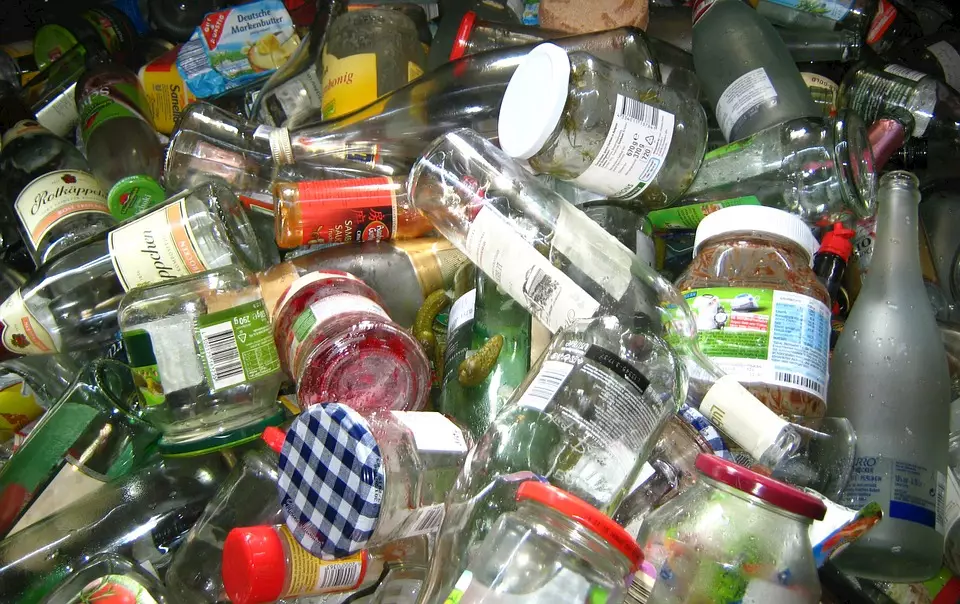Digitisation and sustainability: Printers must adapt to the future now
Slowly coming out of the pandemic, as Europe eases the restrictions, the printing industry is looking ahead to find its footing again, Beatrice Klose of Intergraf, the European federation for print and digital communication, tells WhatPackaging?
10 Oct 2020 | By WhatPackaging? Team
The growth of the printing business depends on the growth of all other businesses, of course. Therefore, it’s good news for the printing industry, as across Europe, governments have eased the restrictions in place to curb Covid-19, and the public is increasingly returning to restaurants, shops, and travel.
Companies are still reeling from low demand, staff shortages due to sickness, and late payments from customers. As summer turns to autumn in Europe, there is increasing apprehension over what the winter will bring. A rise in Covid-19 cases could mean stricter rules for the public, and once again the printing industry will face challenges. Despite government support, some businesses may not recover from this crisis.
Sustainable future
“The pandemic has revealed the fragility of the economy and this has led to strong calls for the recovery to be focussed on green investments,” says Beatrice Klose of Intergraf, the European federation for print and digital communication.
Intergraf is the trade association promoting and protecting the interests of the graphic industry at a European level. It represents 21 member federations from 20 countries in Europe. The members are national printing federations who represent the sector in their national contexts.
On green investments, Klose says, the European Commission, therefore, remains focussed on reducing the EU’s emissions.

The European Commission aims a 55% cut in GHG emissions by 2030
This is evident in the commission’s recently announced ambition for a 55% cut in greenhouse gas (GHG) emissions by 2030, in comparison to 1990s levels, and push for greater deployment of renewable energy to achieve net-zero emissions by 2050.
“As the member states and the European Parliament work on this proposal in the coming months, there will undoubtedly be divisions of opinion. On the one hand, some newer EU countries have already expressed that this target is too high and therefore unrealistic, given the reliance of Europeans, and jobs, on energy-intensive industries. On the other, the European Parliament is expected to ask for more ambitious targets, due to its closer ties to an increasingly concerned public,” she says.
She adds that the pandemic had an interesting impact on the so-called ‘war on plastic’ of the past years. The protective and hygienic properties of plastic were crucial to fight the virus, and the phrase ‘single-use’ no longer carries the same connotation when discussing disposable masks and gloves. “The negative side of this has been a rise in plastic pollution, with consumers unsure of how to dispose of medical products,” Klose explains. “Some member states have even claimed that the need to prioritise controlling the virus will impact their ability to implement the single-use plastics directive by the 2021 deadline. Nevertheless, it is not expected that the Commission will deviate from its role as the EU’s rule enforcer or ignore the public’s concern.”
A new plastic levy?
At the time of writing at the end of September, the European Parliament and Council of the EU are finalising the new budget for the EU for 2021-2027. The aim is to adopt this by the end of November, in time for the New Year.
“However, an agreement must be found between the member states and the European Parliament by the current German Presidency of the Council. The historic 1.8-trillion euro budget and Coronavirus recovery package contain elements — for an instant a mechanism to deny access to funds by countries which violate the rule of law — of which certain member states are critical. Therefore, discussions have not been smooth,” Klose says.
If adopted by January, another novel part of this budget is a plastic levy. The levy, to be paid by member states into the EU budget, is currently set at 0.80/kg euros on non-recycled plastic packaging waste. This would be a new source of income for the EU budget and is in line with the European Commission’s overall goal to eliminate plastic pollution.

The recycling industry, plastic producers and packaging companies have spoken out against the levy
The recycling industry, plastic producers, and packaging companies, among others, have spoken out against the levy. Arguments against it include that it could disproportionately impact member states with a poor recycling infrastructure; increase costs for the industry which need to comply with the EU’s circular economy legislation; and issues around the methodology for implementation.
“New taxes must be approved unanimously by the member states, so we will have to wait for the final agreement to see what will happen,” she adds.
Future of print
Klose says printers are in a unique position of bringing together the brand’s design, the material, and the ink – with limited input to the design process. Therefore, legislative changes on packaging and substrates often have an indirect impact.
“The Covid-19 crisis and the debate on plastics mean that the work of Intergraf in Brussels is more important than ever,” Klose says. “Intergraf continues to advocate for fair treatment of all substrates, and calls attention to the need for waste systems to function better, and for the public to be better informed regarding the disposal of packaging.
Intergraf's main task is to work with its members and the European Union to support the sector’s competitiveness. It does this by advocating, informing and networking.
“The positive story of the pandemic has been the proven resilience of the printed packaging sector. Unusual consumer shopping habits meant higher demand for food and medical packaging producers.
“This is also one of the fastest-growing and innovative parts of the printing industry. As attention has rightly been drawn to the issue of packaging pollution, brands have been quick to invest in more sustainable designs of their products’ wrapping,” Klose says.
She adds that the European Commission is pushing for packaging to be designed to be recycled or reused.
“Brands are already going the same way: removing unnecessary parts; simplifying materials; and new uses for paper and board are strong trends. Reusable packaging requires smart and beautiful design – and printers can really support brands here. Smart technology is also expected to be increasingly embedded in the packaging, to aid traceability and help the consumer understand how to dispose of the product. Access to cheap, high quality recycled materials will also be a top priority for printers that want to aid their customers’ sustainability goals,” she says.
On the graphics side of the printing industry, Klose says it has become increasingly evident that companies will need to future-proof their business: starting now. “An increasingly digitised public, which accelerated during the lockdown, expects the businesses from which they buy to have a strong online presence. Savvy printers will expand their offering to provide digital services for their customers. In the coming years, we will increasingly also see data being used to improve resource efficiency, particularly amid the new need to operate with a reduced workforce,” she says, adding, “The world is ever-changing, and your product offer has to match this. Printers are innovators and I am excited to see what the future holds.”











 See All
See All